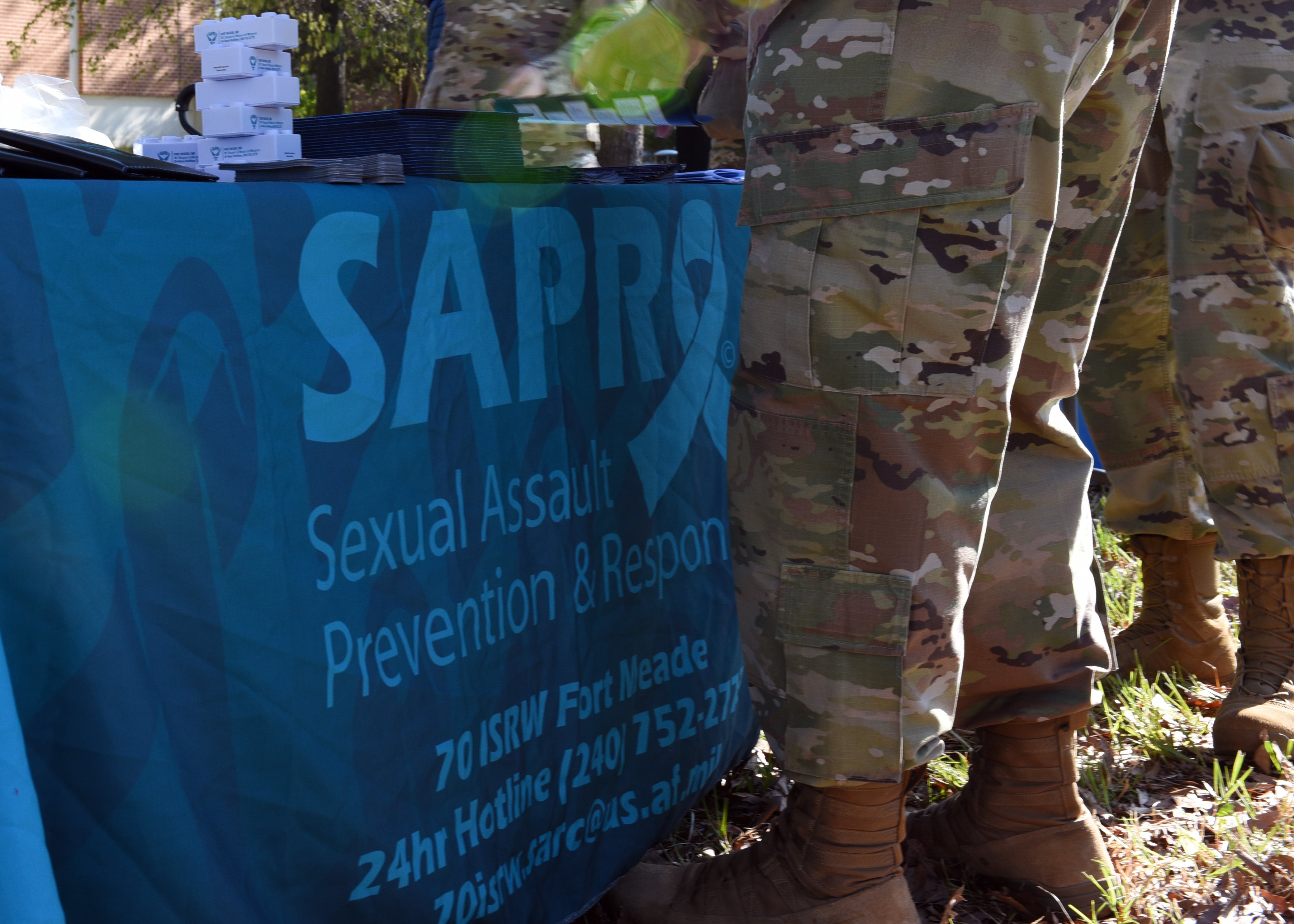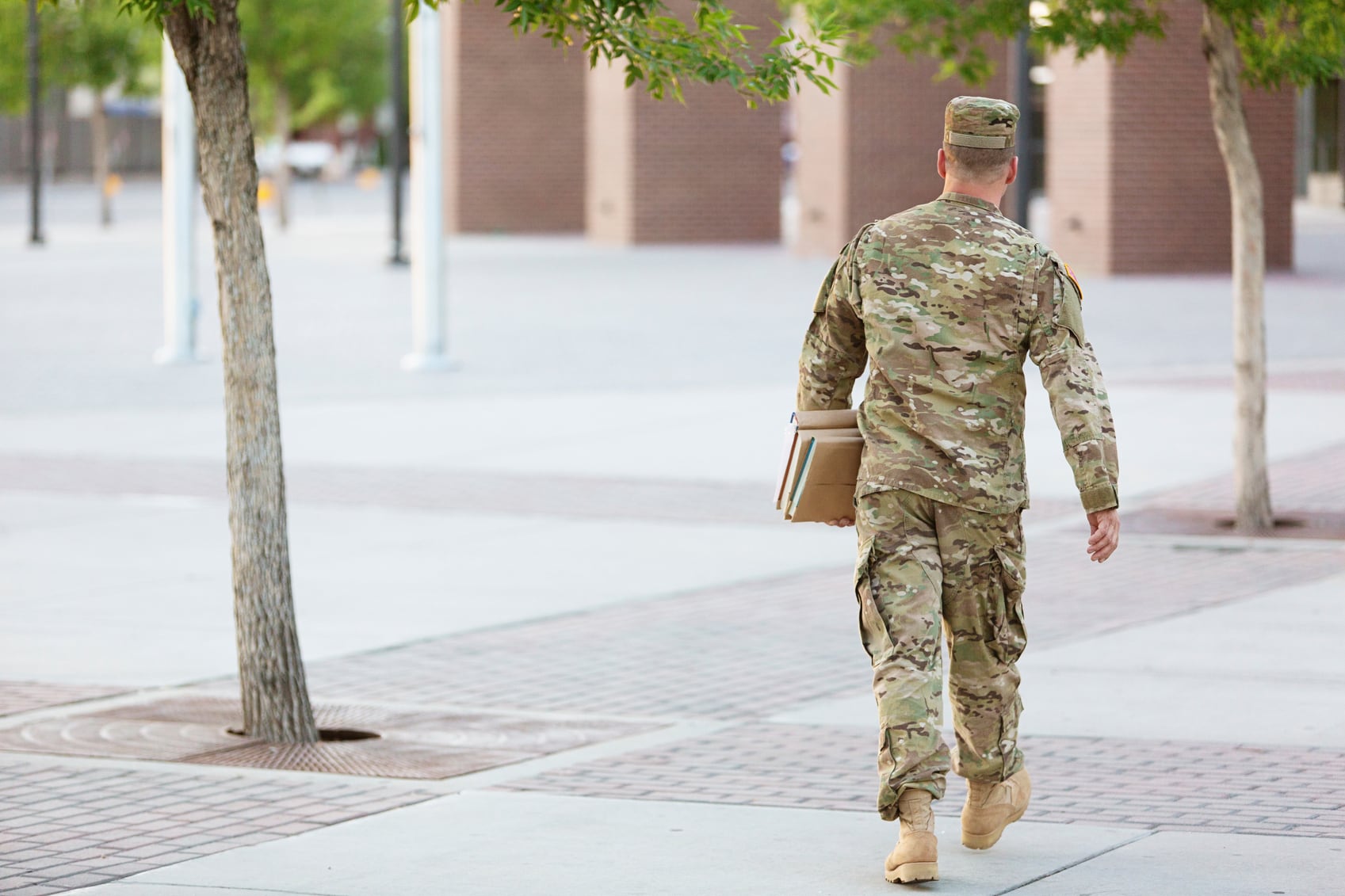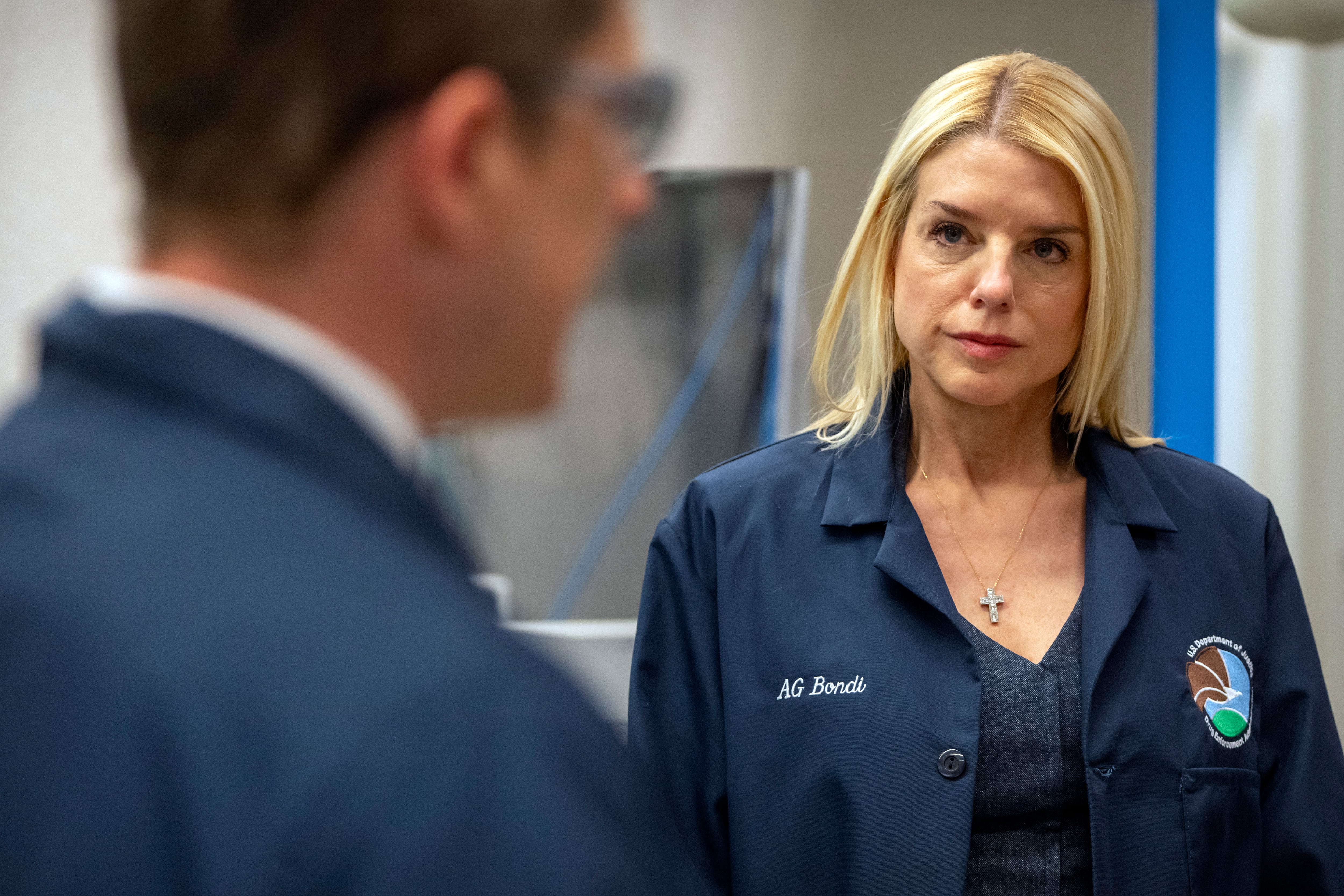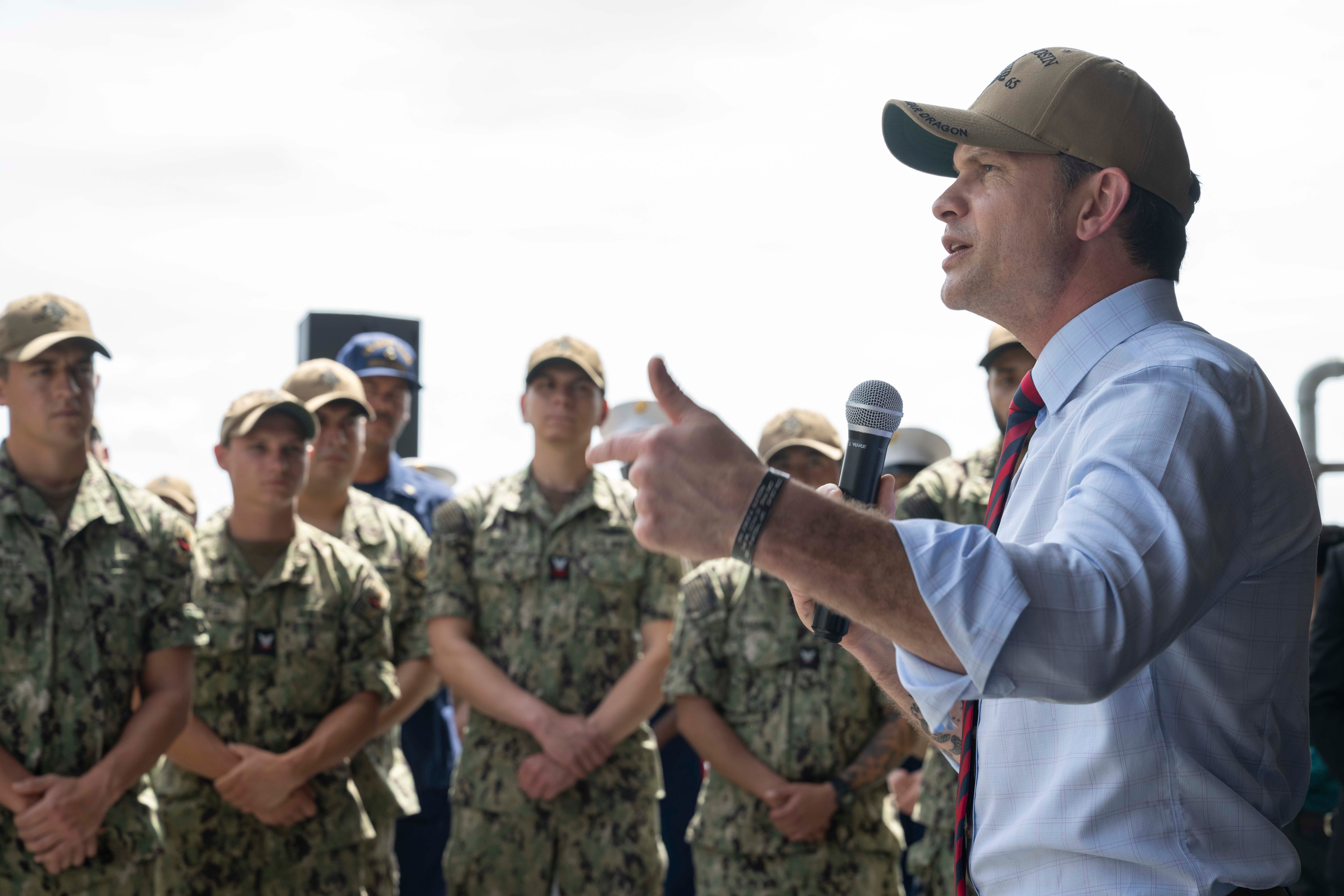Editor's note: The following is an opinion piece. The writer is not employed by Military Times and the views expressed here do not necessarily represent those of Military Times or its editorial staff.
There has been much interest and discussion about the upcoming Occupational Physical Assessment Test (OPAT). However, it seems there remains some uncertainty as well as some misinformation on why the Army has decided to implement this program.
The U.S. Army Center for Initial Military Training has helped lead the effort to develop the OPAT. The process took well over a year of hard work and consisted of a great deal of thought and preparation to make sure it was done right.
Prior to the OPAT, the Army used the Armed Services Vocational Aptitude Battery and the Armed Forces Qualification Test to assess mental acuity and qualify recruits for a military occupational specialty. But recruits were not tested on physical abilities.
Starting in January 2017, after an extensive evaluation and refinement period, recruits will now have to physically qualify for their career field prior to starting initial entry training.
The OPAT was conceived and built to be an initial entry test for all aspiring soldiers. As such, it tests for the minimum level of fitness a future soldier must meet in order to begin training. It is a measure of a trainee's capacity to, after training, meet all the physical requirements of their MOS.
The OPAT was scientifically conceived to be effective at assessing physical readiness based on the expected physical demands of initial entry training. It was developed through a deliberate and scientific study that began with having our branch commandants and combat experienced leaders in each branch identify the most physically demanding tasks for each MOS.
These tasks were verified in 2014 by randomly selecting soldiers to perform the tasks under realistic conditions – for instance, infantry, cavalry, and combat engineer soldiers from Fort Hood, Texas, did a 15-mile road march with 120-pound loads and conducted 270-pound wounded casualty evacuations in the middle of summer.
Once the tasks were validated, the U.S. Army Research Institute of Environmental Medicine (USARIEM) designed a study protocol using proven scientific methodology.
What we learned was that while any soldier could have told us three years ago that ruck marching was one of the most difficult and grueling tasks of the ground combat arms soldier, we now have a physiological profile of that task that tells us exactly why it is hard. We know what the average soldier's heart rate is at different phases of the foot march, and we know how many calories soldiers will burn in a four-mile foot march segment. We know how long it takes, how long it should take and what is considered good, average, or poor ruck march times.
Over a thousand soldiers took part in this study - paratroopers at Fort Bragg, North Carolina, cavalry troopers at Fort Hood, and Stryker soldiers at Joint Base Lewis-McChord, Washington, to name a few. All of them volunteered their time with one goal in mind: make the Army better.
USARIEM then looked at a number of simple but effective tests to help us predict an individual's performance on actual soldier tasks. In the end, the Army settled on four events – strength deadlift, power throw, standing long jump, and interval aerobic run. Taken together, these four events are highly predictive of performance on soldier tasks. By predictive, I mean that if you can achieve the threshold levels of performance required, you stand a much better than average chance of also being able to meet the standards of the combat task itself after you have been sufficiently trained and developed to that level. You have the raw potential and raw talent to succeed.
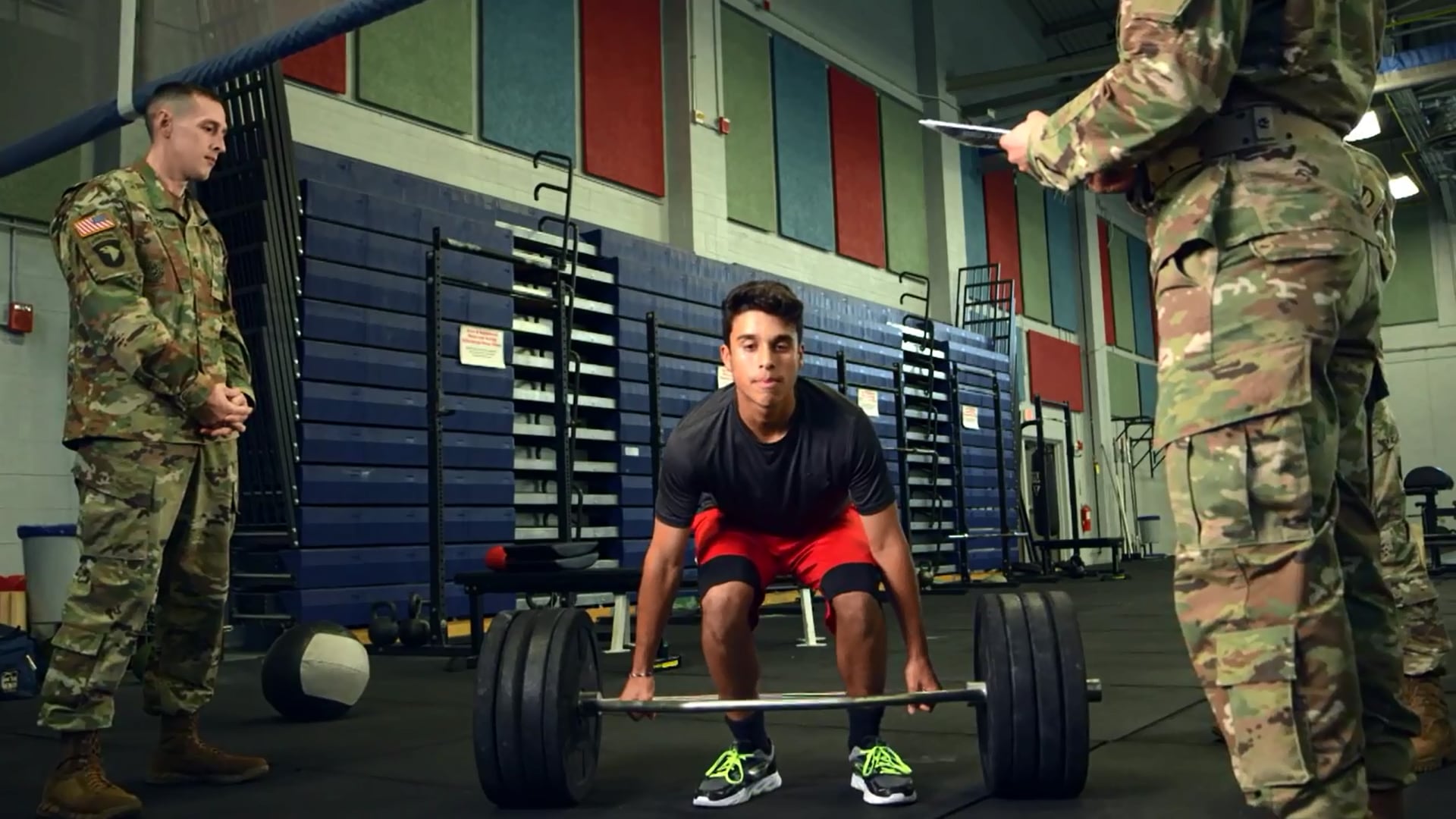
Soldiers administer the strength deadlift portion of the Occupational Physical Assessment Test to potential recruits during an OPAT pilot program.
Photo Credit: Army
Before a soldier is awarded an MOS, they must pass the Army's physical fitness test and successfully perform all of their physically demanding job tasks to standard. In other words, infantrymen have to road march under load, tankers have to load tank rounds, and medics have to lift patients. This is true regardless of the age or gender of the soldier. We not only care how high you scored on your PT test, but you have to also demonstrate that you can actually do the tasks of your job to be awarded the title.
OPAT scores represent the minimum acceptable start point for a trainee. It's not about a test that's too easy or too hard, it's correlated to the physical tasks required to graduate. Like the SAT score for entry into college, if trainees meet the baseline threshold associated with their MOS, they will still have to negotiate the requirements to graduate. OPAT gets you in the door, not out.
Most people should be able to achieve these scores, if they are in reasonable shape. A motivated aspiring soldier with minimal fitness levels could meet the minimum standards with just a little bit of training. That's why the OPAT is a 'pre-ship' requirement.
Future soldiers will have to meet the OPAT standards for the MOS they want before they can report for training. This will ensure that they have a reasonable chance of actually completing training, but more importantly, doing it without injury.
Finally, the OPAT is far better than anything we currently use because the Army does not have any current physical performance prerequisites for initial entry. Applicants for infantry, armor, combat engineer, etc., only have to meet Army height and weight screening standards and pass a basic physical health exam.
Once implemented, the OPAT is actually expected to provide a great number of benefits to the Army. Some of the expected benefits include: trainees prepared to train increasing readiness, fewer injuries, greater retention, higher performance, and, ultimately, money saved from fewer soldiers failing out of training. The OPAT is not a new PT test for the force beyond initial entry training.
Our nation and our Army expect its soldiers to succeed in combat by ensuring they are physically prepared to accomplish the demands of their job. No soldier wants to be assigned an MOS they cannot succeed in. The OPAT is all about putting the right soldier in the right job with the right abilities into the force and ready to fight.
Maj. Gen. Anthony Funkhouser is the commanding general of the U.S. Army Center for Initial Military Training, which is responsible for training nearly 144,000 soldiers and officers each year.


